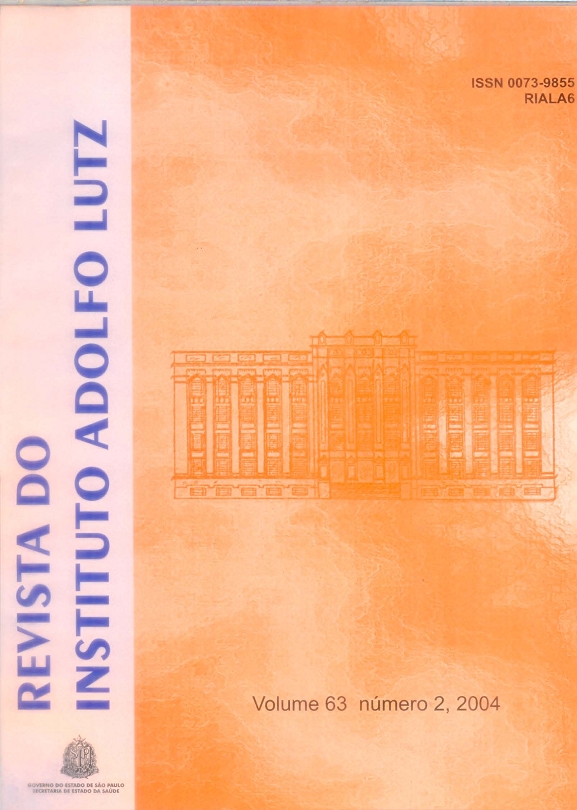Resumen
The use of natural resources as treatment and healing
for diseases is as old as the human species. However, most of
all plant species were not investigated chemistry or biologically.
Many plants used in the traditional medicine modulate the
immunological response. The immune system is a remarkably
adaptive defense system that has evolved in vertebrates to
protect them from invading pathogenic microorganisms and
cancer. Macrophages play an important role in this system
because they are cells capable to secrete many biological active
products such as reactive nitrogen and oxygen species and
cytokines. In this work, methanolic extract and ethyl acetate
fraction obtained from Alchornea triplinervia and Alchornea
glandulosa were studied in the murine immune system using
peritoneal macrophages cultures from Swiss mice. Cell viability
assays were realized to assure the experimental development.
Hydrogen peroxide (H2O2) and nitric oxide (NO) were determined
by espectrophotometric procedures and enzyme-linked
immunosorbent assay (ELISA) was used to detect tumor
necrosis factor (TNF-α). The ability of methanolic extract and
ethyl acetate fraction to stimulate or inhibit the murine immune
system was evaluated. These plants didn’t show
immunostimulating properties, once liberation of H2O2, NO and
TNF-α were not observed. However, extracts and fractions from
both plants, strongly inhibited NO and H2O2 production induced
by LPS and PMA, respectively. Production of TNF-α by LPSstimulated macrophages was partially inhibited. The
concentration of 15,62 μg/mL from A. triplinervia methanolic
extract (cellular viability > 95%) showed to inhibit 88,35% of
H
2O2, 52,54% of NO and 10,41% of TNF-α production. The
ethyl acetate fraction of the same plant and concentration
(cellular viability > 90%), inhibited 72,25% of H2O2, 47,80% of
NO and 16,41% of TNF-α production. Regarding the
A. glandulosa methanolic extract in the concentration of
15,62μg/mL (cellular viability > 91%), there was a production
inhibition of 88,62% of H2O2, 32,40% of NO and 11,61% of TNF-
α. The ethyl acetate fraction of the same plant and concentration
(cellular viability > 92%), inhibited 70,56% of H2O2, 21,67% of
NO and 12,21% of TNF -α production. In the NO and TNF-α
assays, the inhibition percentage grows according to increasing
concentrations, but this fact was not noticed in H2O2
determination. According to these results, it is suggested that
methanolic extracts and ethyl acetate fractions from
A. triplinervia and A. glandulosa can present anti-inflammatory
activity, confirming their traditional use.

Esta obra está bajo una licencia internacional Creative Commons Atribución 4.0.
Derechos de autor 2004 Revista do Instituto Adolfo Lutz
